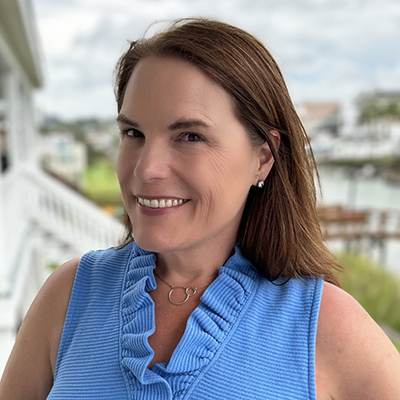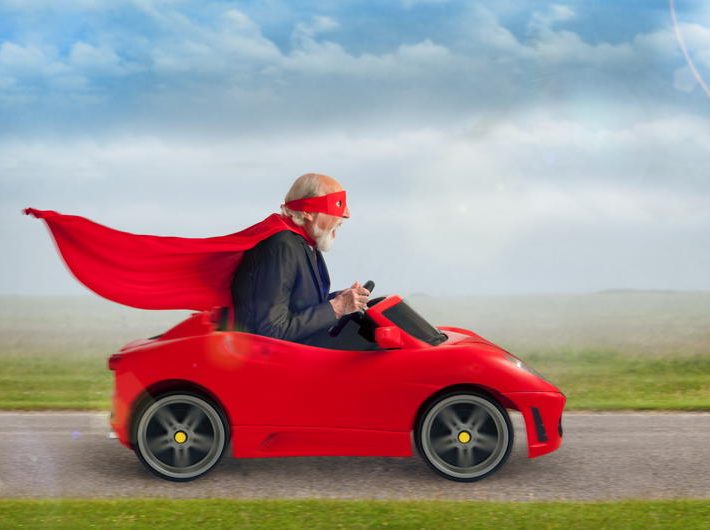Baby boomers, who make up almost 23 percent of the U.S. population and whose average household has a net worth of over $1 million, should be an obvious and key target for marketers. However, a look at today’s advertising efforts reveals quite the opposite. In almost every magazine you read or website you browse, images of youth dominate, while seniors are often mocked and stereotyped.
According to a recent study by the American Association of Retired Persons (AARP), senior citizens make up only 15 percent of the images in the media. And while older adults account for one-third of America’s workforce, a measly 13 percent of content reviewed by the AARP documented seniors actually working. Instead, older people were more likely to be portrayed as resting at home or being looked after by a medical professional. Furthermore, while 69 percent of people aged 55 to 73 own a smartphone, less than five percent of the media shows that group using technology.
Understanding Ageism
The term “ageism” is defined as discrimination based on age or having a prejudice against the elderly. Ageism can manifest in numerous ways, from telling an insensitive joke about the challenges older people face, to making an inaccurate assumption about an older person’s needs or interests. Why is ageism an issue? It contributes to a less diverse society by failing to listen to senior citizens and by showing disrespect for them. As a result, ageism puts people at risk for mistreatment and negatively affects their quality of life.
Ageism in Marketing
As marketers, our goal should be to reach our target demographic in a precise and efficient manner. And that means avoiding stereotyping or shunning certain audiences along the way, especially senior citizens. Here are five tactics to ensure you avoid ageism in your advertising campaigns:
- Examine Your Images: Does your website showcase fresh-faced millennials or do you use a variety of ages in your imagery? Do your recruitment brochures include older people working for the company? If not, it’s time to reevaluate the images you choose to represent your view of the world.
- Do Not Go to Extremes: When advertising to Baby Boomers, many marketers choose to portray them at opposite ends of the spectrum. Instead of using images of seniors going about normal, daily activities, they opt for glamorous shots of the older couple enjoying wine on the beach at sunset, or a lonely senior in a wheelchair assisted by a caregiver. When deciding what images to use in your marketing materials, go for what’s relatable instead of what’s exceptional.
- Speak to Them in Their Language: As a general rule of thumb, do not use slang when targeting seniors or anyone for that matter. Generation-specific language causes people to feel alienated and creates confusion about your message. Instead, keep your language clear and concise, and focused on your audience. If it can’t be understood by everyone, it won’t persuade anyone.
- Do Realize They are Tech-Savvy: Let’s put the stereotype to bed once and for all. Older people are as obsessed with their smartphones as younger generations. Forbes recently reported that Baby Boomers use their phones approximately five hours per day. Instead of using the trite image of a confused grandparent trying to use their phone, connect with seniors through images of them confidently using smartphones or laptops.
- Avoid Calling Them Old: Many Baby Boomers consider themselves only as old as they feel. And with members of the previous generation living well into their 90s and beyond, they don’t consider themselves old. So instead of labeling them as old or elderly, expand your vocabulary to use empowering words or phrases.
Ageism is common in all walks of life, and marketing is no exception. But by being aware of the issue of ageism, and being sensitive to the experiences of others, we can ensure our marketing efforts aren’t part of the problem.





